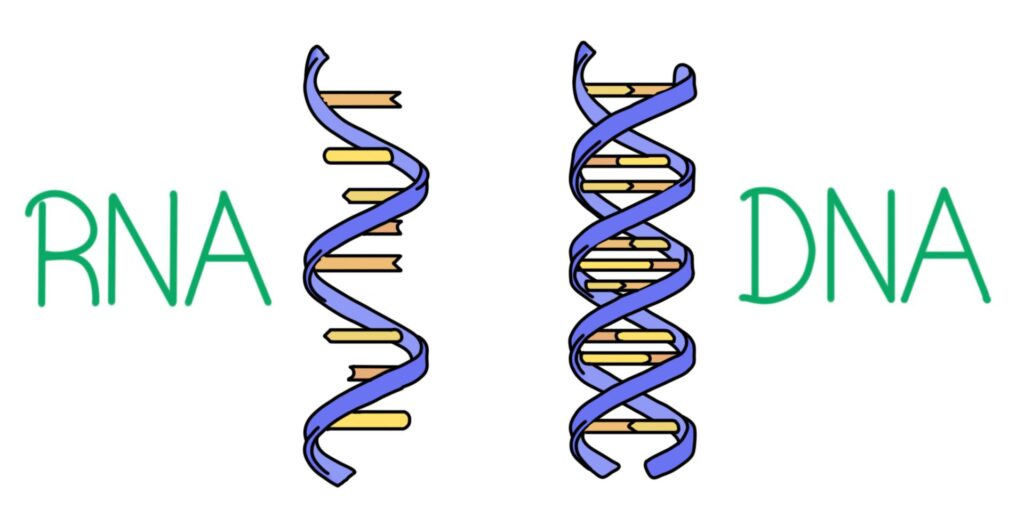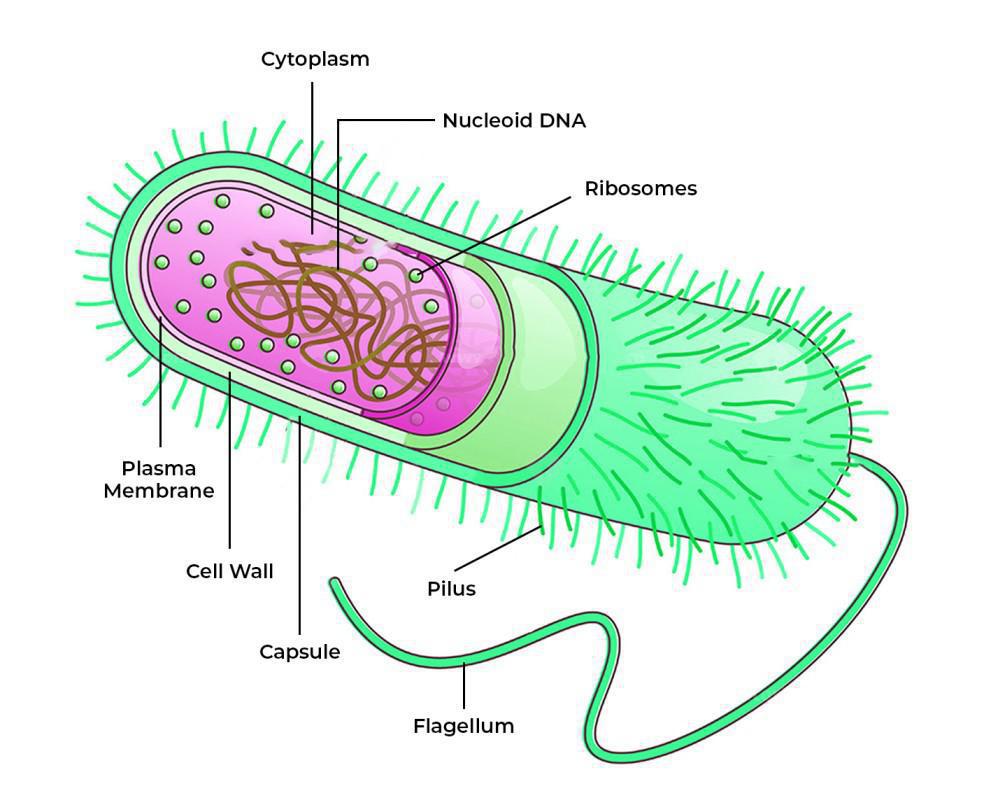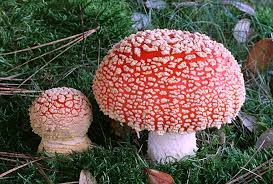BIOLOGICAL CLASSIFICATION ASSERTION-REASON TYPE
In the following questions, a statement of assertion (A) is followed by a statement of reason(R).
(1) If both Assertion & Reason are true and the Reason is the correct explanation of Assertion then mark (1)
(2) If both Assertion & Reason are true but the Reason is not correct explanation of the Assertion then mark (2)
(3) If Assertion is true statement but Reason is false, then mark (3)
(4) If both Assertion and Reason are false statements, then mark (4)
____________________________________________________________________________
- A- Viruses can pass through bacteria-proof filters. R- Viruses could be crystallized and crystals consist largely of proteins.
2. A- Infectious agent discovered by T.O Diener, lack protein coat found in viruses.
R- Viroids have RNA of low molecular weight.
3. A- Deuteromycetes are commonly known as imperfect fungi.
R- Sexual reproduction is absent in the members of deuteromycetes.
4. A- The two kingdom classification used for a long time was found inadequate.
R- A large number of organisms did not fall into either category of plants or animals in two kingdom classification of Linnaeus.
5. A- Diatoms leave behind large amount of cell wall deposits in their habitat which gets accumulated over billions of years.
R- Silicious cell walls in diatoms are indestructible.
6. A- The cell walls of diatoms are indestructible.
R- In diatoms, cell walls are embedded with silica.
7. A- Lichens are the first organisms to colonies bare rocks hence are ecologically important.
R- Lichens are symbiotic association between two heterotrophs.
8. A- Archaebacteria can survive in extreme condition.
R- The cell wall of archaebacteria is identical in structure to that of bacteria.
9. A- Neurospora crassa is widely used mode organism is experimental genetics.
R- Neurospora crassa produces a large number of antibacterial and antifungal drugs.
10. A- Bacteriophages are the viruses that infect the bacteria.
R- Bacteriophages usually have ds DNA.
11. A- Mixotrophic nutrition is seen in Euglena.
R- Euglena is a photosynthetic as well as chemosynthetic autotroph.
12. A- Sporozoans lack locomotry structures.
R- Sporozoans are parasites.
13. A- Euglenoids have flagella.
R- Euglenoids have cellulosic cell wall called pellicle.
14. A- Vegetative reproduction by fragmentation is common in basidiomycetes.
R- In club fungi , sexual spores are not formed during sexual reproduction.
15. A- Fungi show great diversity in habitat and nutrition.
R- Fungi prefer to grow in cool and humid places.
16. A- Sporozoans may have silica on their surface.
R- Shells of sporozoans help in protection from acidic environment of the host.
17. A- In basidiomycetes, basidiospoes are produced endogenously in the basidium.
R- In ascomycetes, ascospores are produced exogenously in ascus.
18. A- Cyanobacteria are photosynthetic, blue green algae with all the prokaryotic structures.
R-They are green due to presence of chloroplasts.
19. A- Ascomycetes are commonly known as sac-fungi.
R- Sexual spores of ascomycetes are produced endogenously in sac-like asci.
20. A- Some dinoflagellates such as Gonyaulax causes red tide.
R- Dinoflagellates are photosynthetic protists and mostly marine.
ANSWER
- (2) 8. (3) 15. (4)
- (2) 9. (3) 16. (4)
- (1) 10. (2) 17. (4)
- (1) 11. (3) 18. (2)
- (1) 12. (1) 19. (3)
- (1) 13. (3) 20. (4)
- (3) 14. (3)
QUOTES:-KNOW YOUR CAPABILITIES AND FEEL CONFIDENT ABOUT THEM.


